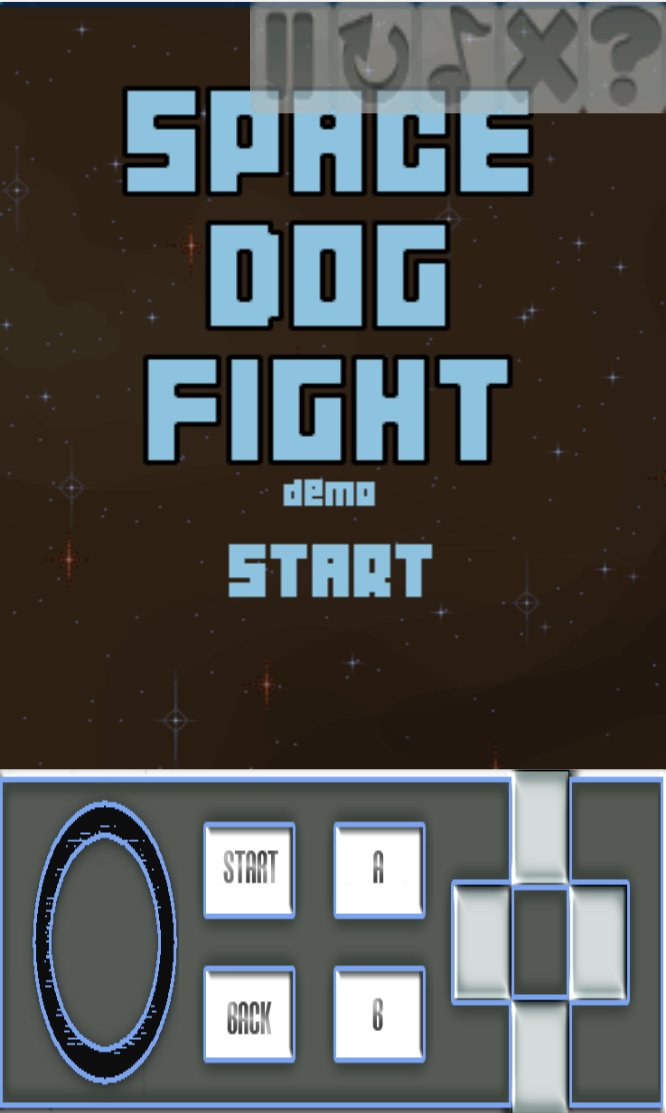So I've got a space shooter demo working for the most part, the player rotation will work when at no scale or at full scale.
And works great on desktop/laptop.
The problems arise when trying to play the game on phones/touch devices. It works but most will rotate strangely.
My idea is to create a rotation controller, much like the normal controller that is there now, except it will take in rotation and apply that to the player. My thoughts on how the controller should be laid out is that it would have rotation on the right and directionals on the left, with perhaps two buttons above the directionals as a and b buttons, with start and select/back in the middle.
When finished, I'll include it as part of my JavaScript library that anyone will be able to use in their games.
Update: I've got it finished, it works well on my touch devices. I would love feedback from people who try it on their phones.


